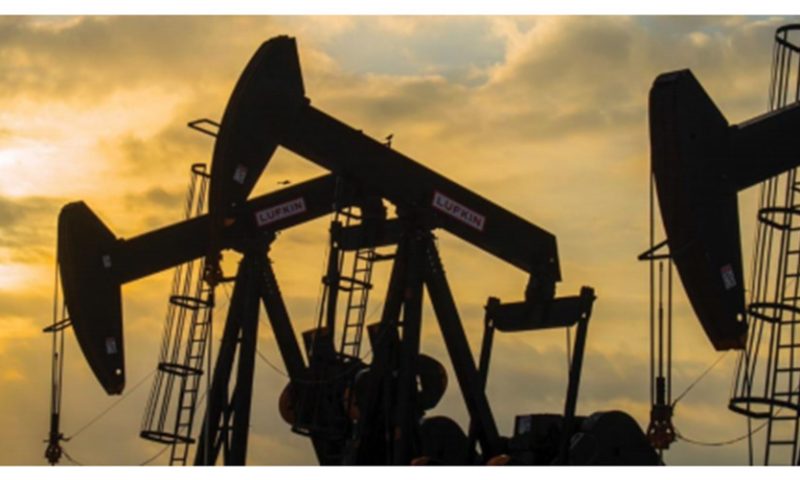Shares suffering biggest decline in 3 1/2 years; SunTrust analyst is skeptical about free cash flow guidance
Shares of Chesapeake Energy Corp. took a deep dive Tuesday, after the oil and natural gas production company’s financial results missed Wall Street expectations for a third-straight quarter, and gave investors reason to doubt the company’s ability to achieve its target for free cash flow next year.
The stock CHK, +1.95% dropped 17% in very active in afternoon trading. That puts it on track to suffer the biggest one-day decline in 3 1/2 years, and the worst post-earnings performance in more than a decade.
Trading volume ballooned to 125.6 million shares, compared with the full-day average of about 53.7 million shares.
Before the opening bell Chesapeake reported a net loss that narrowed to $101 million, or 6 cents a share, from $169 million, or 19 cents as share, in the year-ago period. Excluding non-recurring items, such as unrealized derivatives gains and asset sale, the adjusted loss per share widened to 11 cents from 1 cent, missing the FactSet consensus for a per-share loss of 10 cents.
Total revenue declined 14.8% to $2.06 billion, below the FactSet consensus of $2.12 billion, as a miss in marketing revenue offset a slight beat in oil and gas revenue.
The company hasn’t beat bottom- or top-line expectations since the fourth quarter of 2018.
Average production per day declined 11.0% to 478,000 barrels of oil equivalent (boe), which consisted of 115,000 barrels of oil, 1.989 billion cubic feet (bcf) of natural gas and 32,000 barrels of natural gas liquids.
The company said it took in $329 million in cash from operating activities during the third quarter, down from $444 million last year, while using a net $563 million in cash in investing activities, up from $489 million.
For 2020, the company said it expects to reduce production and general and administrative expenses by about 10%. Chesapeake is targeting capital expenditures of about $1.3 billion to $1.6 billion, which SunTrust Robinson Humphrey analyst Neal Dingmann said was below his capex estimate of $2.3 billion.
Chief Executive Doug Lawler said the improvements in capital efficiency, and expected reductions in cash costs and anticipated capital plan, “position us to target free cash flow in 2020.”
But Dingmann said the way the company outspent cash flow by as much as it did during the quarter “could lead investors to question the company’s ability to generate free cash flow in 2020 even with a materially reduced 2020 budget.”
Dingmann reiterated his hold rating and stock price target of $1, which is 25% below current levels.
“We remain confident in our strategy, asset portfolio and our talented employees, and we’ll continue to utilize all of our resources to drive for greater shareholder value and return,” Lawler said on the post-earnings conference call with analysts, according to a FactSet transcript. “The volatile commodity price environment has pressured the speed and timing of accomplishing these goals, but we will continue to make incremental progress and improve our…competitiveness and profitability.”
The stock was trading just 1.6% above the 20-year closing low of $1.27 on Oct. 9, and has plummeted 39% this year. In comparison, the SPDR Energy Select Sector exchange-traded fund XLE, -0.13% has gained 6.8% year to date and the S&P 500 index SPX, -0.12% has hiked up 23%.

